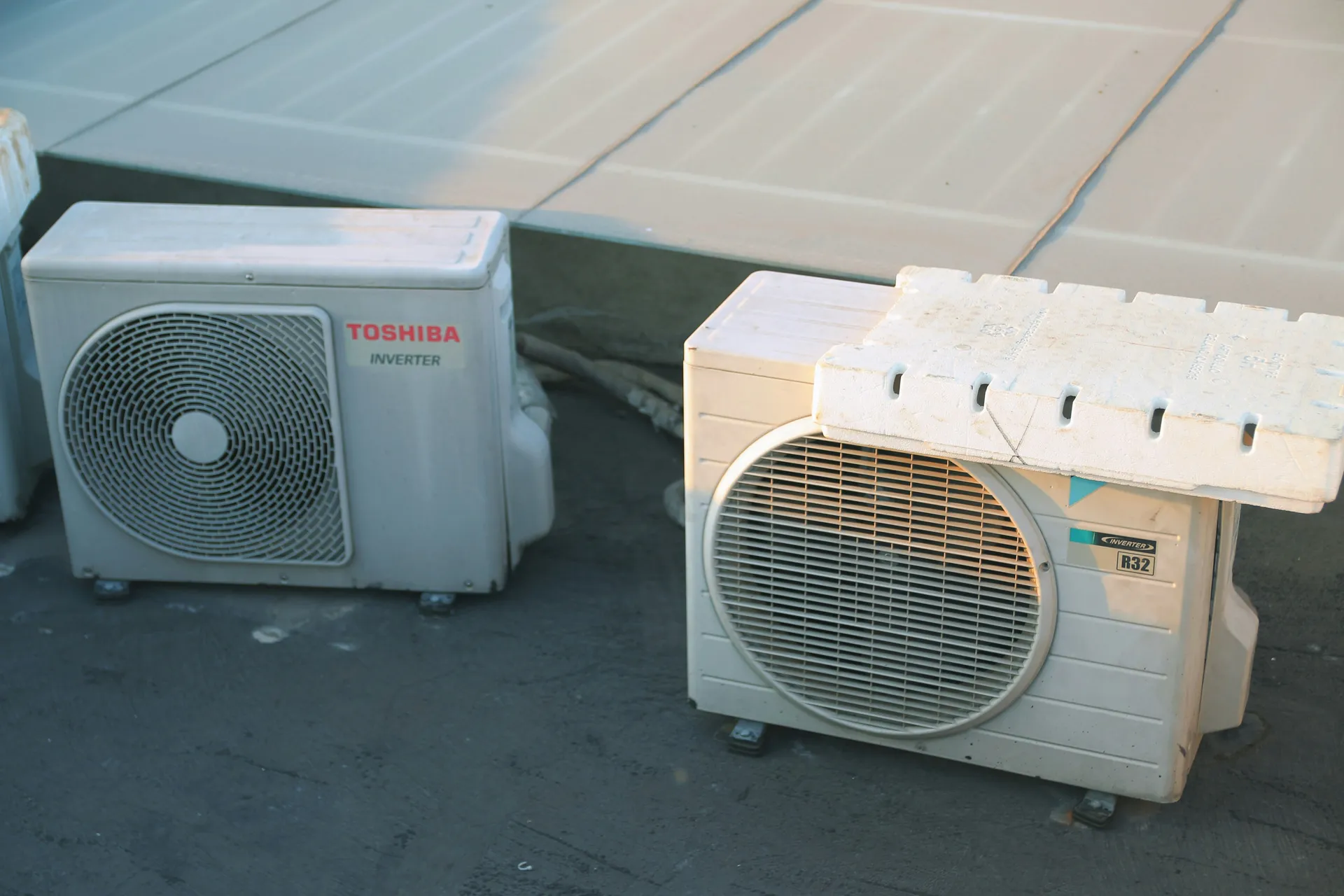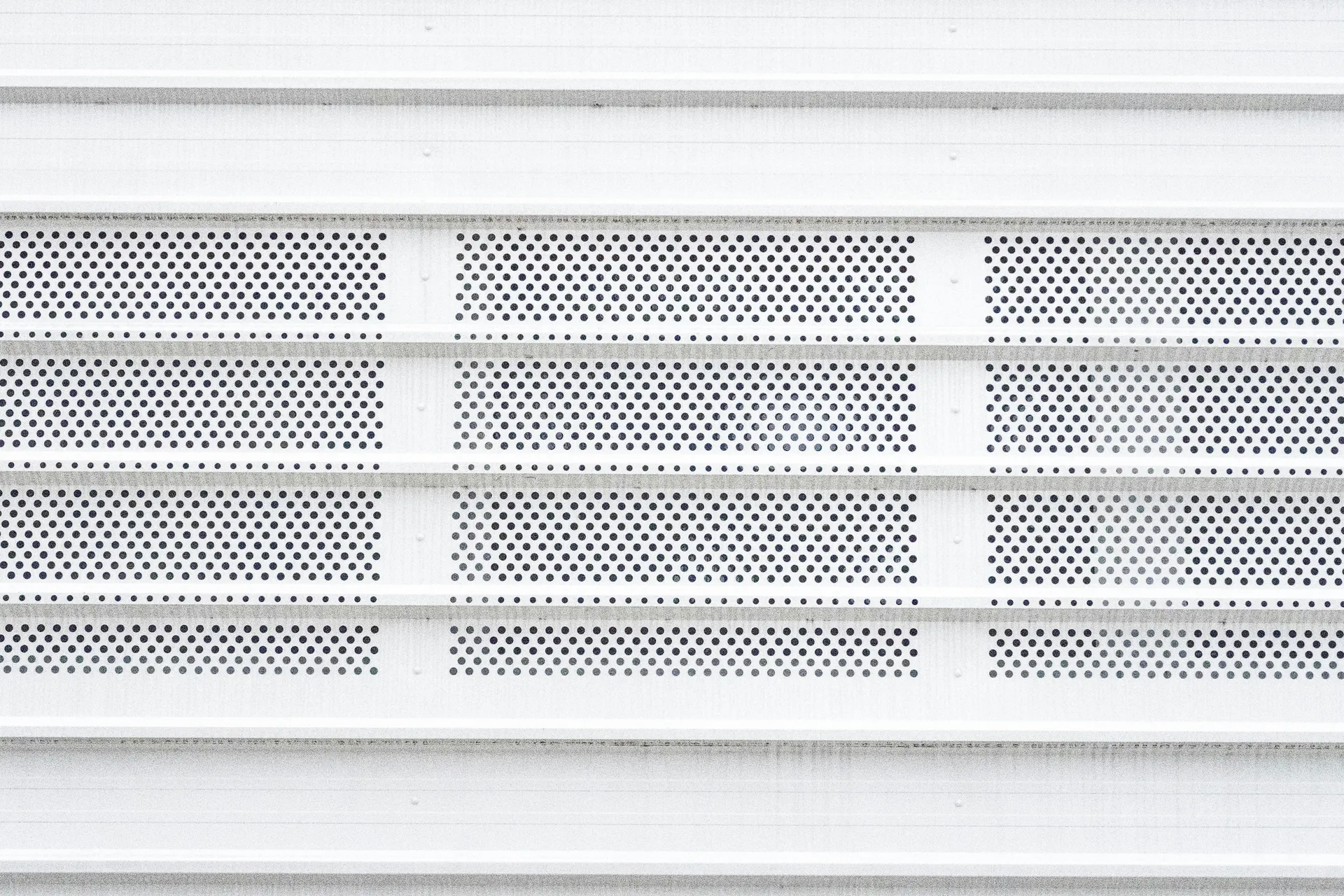
Furnace Service vs. Repair: A Tech's Guide to Costs & What to Expect
Hey everyone, Alex Ortega here. As an HVAC tech, I get it. When your furnace acts up, the first things that pop into your head are probably, “What’s wrong?” and “How much is this going to cost me?” It can be stressful. There’s a lot of confusing info out there about ‘service’ versus ‘repair’, and it’s tough to know what you actually need.
The Automotive Approach to HVAC: Think of your furnace like your car’s engine—it needs regular maintenance to run efficiently and avoid breakdowns. Just like you wouldn’t skip oil changes and expect your engine to last, your furnace needs annual tune-ups to maintain peak performance and prevent costly repairs.
Planning an AC replacement? While we’re talking furnaces, don’t forget your cooling system. Use our AC replacement calculator to budget for your complete HVAC needs.
Let’s cut through the noise. I’m here to give you the straight scoop, just like I would if I were standing in your basement. We’ll break down the differences, what you should expect to pay for common issues, and what a real professional tune-up looks like.
Key Takeaways
- Service vs. Repair: A “service” or “tune-up” is preventative maintenance to keep your furnace running efficiently and safely. A “repair” is fixing something that’s already broken.
- Tune-Up Value: An annual service call (typically $100-$250) is your best investment to prevent much costlier emergency repairs down the road.
- Common Repair Costs: Most common repairs, like replacing an ignitor or flame sensor, fall in the $250 - $600 range.
- Safety is Non-Negotiable: Any issues involving gas, electrical systems, or potential carbon monoxide leaks are for professionals only. No exceptions.
Furnace Service vs. Repair: What’s the Difference?
This is the number one question I get, so let’s make it super simple.
-
Furnace Service (A Tune-Up): Think of this like an oil change and tire rotation for your car. It’s proactive, preventative maintenance. We do it when the furnace is working to keep it that way. The goal is to catch small issues before they become big, expensive problems, ensure the unit is running efficiently (saving you money on bills), and, most importantly, confirm it’s operating safely.
-
Furnace Repair: This is like getting a flat tire fixed. It’s reactive. You call a tech because your furnace has already stopped working correctly—it’s blowing cold air, making strange noises, or won’t turn on at all. The goal here is to diagnose the specific broken part and fix it to get your heat back on. If you’re experiencing no heat issues, our troubleshooting guide can help you identify the problem.
Pro Tip: Schedule your furnace service in the early fall (September or October) before the first cold snap. HVAC companies are less busy, and you’ll have peace of mind knowing your system is ready for winter.
The Ultimate Annual Furnace Service Checklist
So, what are you actually paying for with a “tune-up”? A real pro won’t just glance at your furnace. They’ll perform a detailed series of checks and cleaning tasks. Here’s what should be on that list.
What's Included in a Professional Furnace Tune-Up
Common Furnace Repairs and What They Actually Cost
When your heat goes out, this is the information you need right away. While prices vary by location and the complexity of your system, here are the most common issues I see in the field and a ballpark cost for a professional repair.
Typical Furnace Repair Costs
| Common Problem | Typical Cost Range | DIY Feasibility | What's Happening? |
|---|---|---|---|
| Faulty Ignitor | $250 - $450 | ⚠️ Pro Only | The part that sparks or heats up to ignite the gas is broken. You'll hear the furnace try to start, but no heat comes out. |
| Blower Motor Failure | $500 - $1,500+ | ⚠️ Pro Only | The fan that pushes warm air through your home is dead. The furnace may heat up but then shut off because air isn't circulating. |
| Thermocouple/Flame Sensor | $150 - $350 | ⚠️ Pro Only | A safety device that shuts off gas if it doesn't detect a flame. When dirty or failed, it shuts gas off even when it shouldn't. |
| Bad Control Board | $600 - $1,200 | ⚠️ Pro Only | The furnace's circuit board has failed. This is like the computer crashing; it won't know what to do. |
| Clogged Condensate Line | $100 - $250 | ⚠️ Pro Only | On high-efficiency furnaces, the drain for water condensation gets clogged, and a safety switch shuts the system down. |
Safety First: When You MUST Call a Professional
Look, I’m all for homeowners being empowered, but your furnace is not the place to experiment. Some situations are just plain dangerous.
If you experience any of the following, do not try to fix it yourself. Turn off the system if you can do so safely and call a licensed HVAC professional immediately.
- Smell of Gas: If you smell rotten eggs, leave the house immediately and call your gas company from outside. For comprehensive gas leak safety protocols, see our safety guide.
- Carbon Monoxide Alarm: If your CO detector goes off, evacuate the home and call 911.
- Major Water Leaks: Significant water pooling around the furnace could be a sign of a cracked heat exchanger or a serious condensate problem.
- Electrical Issues: Any problems involving buzzing sounds from the panel, frequently tripped breakers, or signs of scorching. These require immediate electrical safety assessment by a licensed electrician.
For immediate help with emergency furnace repair, see our emergency service guide.
DIY Maintenance vs. Professional Service
So what can you do? The single most important task for any homeowner is simple:
Change Your Air Filter! A clogged filter is the #1 cause of furnace problems. It restricts airflow, making your furnace work harder, overheat, and eventually fail. Check it monthly and replace it when it’s dirty (typically every 1-3 months).
Everything else on the checklist above? That’s best left to a trained professional with the right tools and safety equipment.
Related HVAC Resources:
- Furnace Lifespan: How Long Does a Furnace Last? Average Lifespan and Replacement Signs
- Thermostat Settings: Cool or Heat? Understanding Your Thermostat’s Auto, Cool, and Heat Settings
- Commercial Systems: Commercial HVAC Services: A Guide to Installation, Maintenance & Repair
- AC Replacement: Cost to Replace AC Unit: Pricing & Factors
- System Maintenance: Home Systems & Appliances: A Complete Guide to Costs, Maintenance & Lifespan
The Bottom Line
Your furnace is a complex machine, but keeping it running doesn’t have to be a mystery. Investing in an annual service is the smartest money you can spend to ensure a warm, safe winter and avoid a middle-of-the-night emergency call. And if something does break, you’re now armed with the knowledge to understand the problem and the potential cost. Stay warm out there!
Long-Term Ownership Costs: Why Your Furnace is Like a High-Performance Engine
The Efficiency Reality: As an HVAC tech, I’ve learned that your furnace is like a high-performance engine—it needs regular maintenance to deliver peak efficiency and longevity. Understanding the complete lifecycle costs of your heating system is crucial for long-term performance and energy savings.
Total Cost of Ownership Analysis
Initial Investment: $3,000-8,000 (high-efficiency furnace installation) Annual Maintenance: $150-300 (professional tune-up, filter changes) Energy Efficiency Gains: $200-500 (annual savings from proper maintenance) 20-Year Total Cost: $6,000-14,000 (including initial investment and maintenance)
The Automotive Maintenance Approach to Furnace Care
Annual Service (Like Your Car’s Oil Change):
- Professional tune-up and inspection
- Filter replacement and system cleaning
- Efficiency testing and optimization
Seasonal Checkups (Like Winter Prep):
- Fall maintenance before heating season
- Spring inspection after heavy use
- Summer preparation for next season
Performance Monitoring (Like Your Car’s Dashboard):
- Monthly filter checks
- Energy bill monitoring
- Temperature consistency tracking
The Cost of Neglect vs. Prevention
Neglect Costs:
- Emergency repairs: $500-2,000
- Energy waste from inefficiency: $300-800 annually
- Premature system replacement: $3,000-8,000
Prevention Costs:
- Annual maintenance: $150-300
- Filter replacements: $50-100 annually
- Energy efficiency gains: $200-500 annually
The Math is Clear: Prevention costs 70% less than emergency repairs, just like regular car maintenance costs less than engine replacement.


